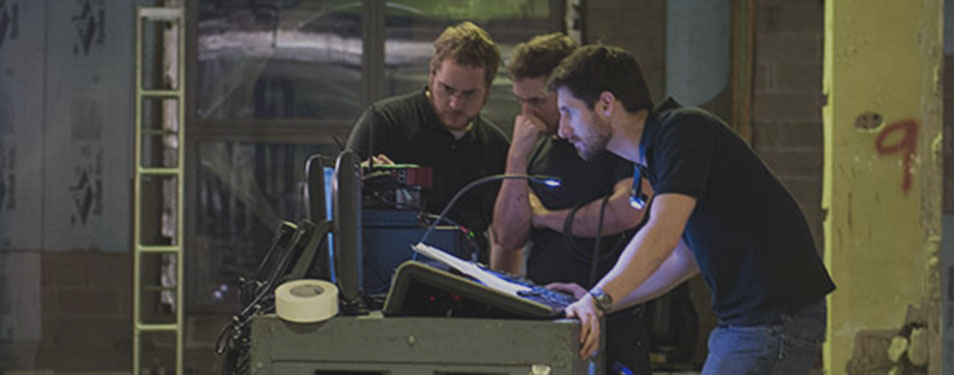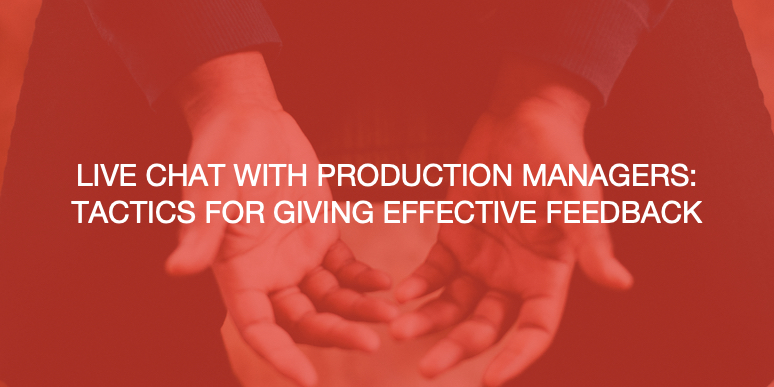
Last night I drove up to Ft. Collins, Colorado to have drinks with Chris & Lee. They own Rockfan Entertainment, a live sound and staging company operating throughout northern Colorado. We had an amazing conversation about owning and operating small businesses in the events world. As we spoke, all three of us kept remarking on how similar our people management challenges were. Even though we work at practically opposite ends of the country (me at Propared and Tinc Productions in NYC, they in Colorado), the fundamental processes of event staff management – hiring, booking, and communicating – were strikingly similar. Last week, I touched on the unique challenge of connecting with ever-changing project teams. After chatting with the guys at Rockfan, I was reminded of some great lessons learned over the years.
1. Our People are the Face of Our Company
As a business owner, when you hire crew for events you have to remember that the folks you tap for a project represent your company and brand for that project. It doesn’t matter that yesterday you hadn’t met. In the eyes of the client, the crew onsite is part of your company. These team members will likely interact with the client and the vendors and any first impressions made will be based on those interactions.
2. Its All About Trust
If the project team you put together represents your company, and you tend to primarily hire outside crew to produce event, it’s worth noting the amount of trust you are putting in someone who you don’t work with regularly. How do you ensure that they’re representing your company in a way that makes you proud when you might only work with them a few times a year (oh, and P.S., they likely work for your competitors as well)? Many of the practices Tinc adopted over the years to address working with freelancers have been addressed in previous blogs.
3. Freelancers are Family
If you hire outside crew regularly, you invariably have to answer the question, how do I classify everyone? There are legal challeneges to navigate and certain regulations that need to be followed. But beyond those, you must ask yourself, does classifying non-staff in a particular manner result in more positive outcomes? In my experience, it does. As a small internal team, we depended not just on hiring good outside talent but that the talent care about working with us as much as we care about their overall career health and sustainability. One way to approach this is to treat everyone, internal and external hires alike, as an employee. Whether he or she works a single 10-hour load-in or every single day of the year, let him or her know they are part of your company’s family. Send W-2s, share your employee handbook, or maybe a monthly newsletter. Tinc sponsors networking and continuing education events to further support our network of freelancers.
4. Think Long Term
Make no mistake, this type of workflow takes effort and resources. You must plan for it and will likely face challenges you wouldn’t otherwise. But in an industry where it’s difficult to differentiate yourself, such steps can create a culture in and impression of your company that separate it from others that offer similar services. The client relationships that Tinc has built over the years have only grown stronger, even as needs and personnel change.
These solutions might not work for everyone. I know that so many other small business owners are simply trying to make the best decisions they can to stay in business, continue to wow their clients, and offer work to colleagues in the industry. But one thing we can all gather around is that by nurturing the freelance talent, placing our trust in good people, and thinking long term, we can profoundly shift how we manage people in the events world.



